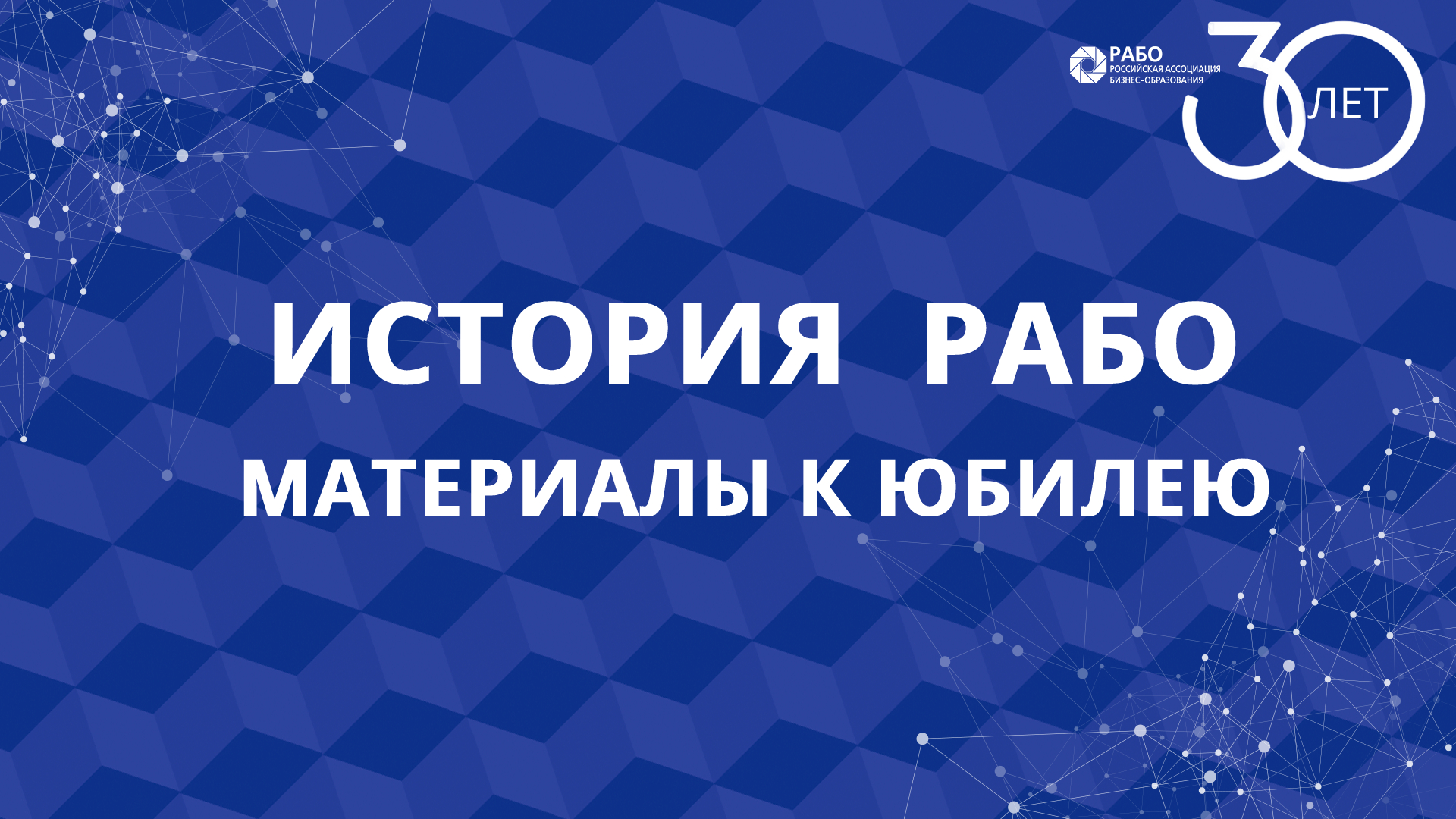Monetary economics
С открытой датой
Описание мероприятия
Язык обучения: английскийОписание программы
This course introduces the concept of money; what it is, why we use it and how it is created. It examines monetary policy in a closed economy, considering a number of models that allow real effects of monetary policy, ranging from new-Classical to Keynesian. Specific models will be introduced and solved, allowing students to see exactly how these models work and what differentiates one from another. It then studies Dynamic Stochastic General Equilibrium Models which brings together insights from Real Business Cycle Models and Keynesian macroeconomics. Finally, it studies uncertainty in monetary economics that is pervasive in macroeconomic modelling and takes the form of data, parameter and model uncertainty and introduces students to the concept of robust monetary policy design.
The aims of the course are to:
- develop understanding of the theories that relate to the existence of money, explaining why it is demanded by individuals and used in the trading process
- develop an understanding of the monetary transmission mechanism, whereby decisions made by the monetary authorities concerning money supplies or interest rates can have real effects on the economy
- develop a number of macroeconomic models through which monetary policy can be evaluated. Such models will include both Classical and Keynesian schools of thought and will consider why monetary policy matters and when monetary policy decisions may be impotent
- develop understanding of the uncertainties policy-makers face and how policy makers may deal with these.
Assessment
This course is assessed by a three-hour unseen written examination.
Учебный план:
Section 1: Introduction to money and monetary economics
- The nature of money: What constitutes money. Why people hold money; introduction to cash in advance (CIA) and money in the utility (MIU) functions.
- Money demand and supply: Microeconomic determinants of the demand for money and macroeconomic money demand functions. Financial intermediaries, banks and money creation.
- The Classical school, neutrality of money and the quantity theory: The Classical dichotomy,Walras’ and Say’s laws, introduction to money in a general equilibrium setting.
Section 2: Monetary policy
- Stylised facts and monetary policy: Trends and business cycles. Means, volatility, cyclicality and persistence in macroeconomic time series. Money and macroeconomic variables in the short and long-run. Empirical evidence for Phillips curves.
- The welfare effects of inflation and monetary policy: Neutrality and superneutrality of money, welfare costs, seigniorage and the inflation tax.
- The Classical model, flexible price economies and monetary policy: Rational expectations, representative agents and real business cycle theory. MIU, CIA, Lucas supply functions and the effects of monetary policy.
- The Keynesian approach to monetary policy — nominal rigidities: Multi-period pricing and the persistence of monetary policy shocks. The Lucas critique.
- The new Keynesian approach to monetary policy — nominal rigidities: New Keynesian Phillips curve, IS Curve, Taylor rules, financial accelerator models.
Section 3: Issues in monetary economics
- Time inconsistency in monetary policy: Inflation bias, the central bank independence. Monetary policy rules: interest rate targeting and monetary targeting. (rules versus discretion).
- Uncertainties in monetary policy design: News versus noise in data revisions. Brainard conservatism, certainty equivalence, interest rate smoothing.
- Term structure of interest rates: Explanation of the yield curve: expectations hypothesis and the segmentation hypothesis.
Результат обучения:
At the end of this course and having completed the essential reading and activities students should be able to:
- explain and discuss why people hold money and why it is used in the trading process
- solve macroeconomic models and assess the role and efficacy of monetary policy for various types of models in both the Classical and Keynesian set-ups
- describe and explain the main channels of the monetary transmission mechanism, through which monetary policy can have real effects on the economy
- discuss the merits and disadvantages of different monetary policies used by Central Banks
- introduce the concepts of data and parameter uncertainty and discuss the policy under uncertainty
Требования к поступающим:
If taken as part of a BSc degree, courses which must be passed before this course may be attempted: EC2065 Macroeconomics.




